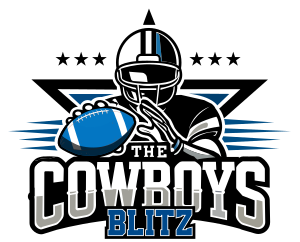Using your better words then, defend your (and their) take.
"In order for it to be a football move, it’s got to be more obvious than that, reaching the ball out with both hands, extending it for the goal line."
Receivers normally catch the ball with two hands, then switch the ball to one hand when they run, because that's what runners normally do. There is no rule that says you have to reach with two hands to break the plane of the goal line, or to reach the line of gain. One-handed reaches result in first downs and touchdowns on a weekly basis in the NFL. Why then, would a player need to reach with two hands in order to establish himself as a runner?
In week 1 of 2013, Victor Cruz reached with one hand and was awarded the catch, even though the ball came loose on contact with the ground. Pereira later said the catch should not have counted, NOT because of the one-handed reach, but because he didn't complete the catch process (only one foot down). Two former officiating supervisors both thought it was a catch. NO ONE mentioned the fact that Cruz only reached with one hand.
http://www.footballzebras.com/2013/09/12/7903/
Here's what Pereira said after the Dez non-catch: "If you're going to the ground, you have to prove that you have the ball long enough to perform an act common to the game and do so," said Pereira. "And part of that is stretching all the way out and to me even though he moved the ball a little bit forward, they are not going to consider that a football act."
http://www.businessinsider.com/mike-pereira-dez-bryant-reversal-2015-1http://www.businessinsider.com/mike-pereira-dez-bryant-reversal-2015-1
If there really existed a rule that the reach had to be with two hands, why didn't Pereira just say so? Clearly, all he's looking at is the extension. There exists no requirement that the reach be with two hands. Nowhere prior to the Dez non-catch will you find a rule that says you must reach with two hands in order for it to be considered a football move. This was simply made up on the spot by Blandino.
Now, on to the "extending it for the goal line" requirement. Pereira said Dez needed to stretch "all the way out," and Blandino said Dez needed to "extend for the goal line." I want you to look at this picture.
Look at the direction in which Dez is falling, and look where the goal line is. He is not falling toward the goal line. He's falling toward a point between the pylon and the 1-yard line. If he stretches "all the way out" and extends his arm (as both Blandino and Pereira have suggested), he ends up pointing the ball toward the one-foot line. No player in his right mind is going to try to reach for the one-foot line. He is naturally reaching toward the goal line, which is back to his left, and which involves bending his elbow. Both Blandino and Pereira assumed he was falling toward the goal line, and so both of them said he should have extended his arm. They're both wrong.
Using your "better words," explain how they were right.



